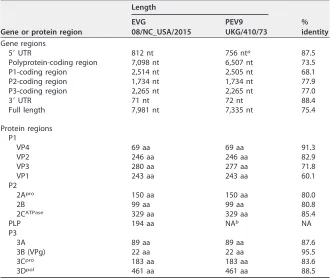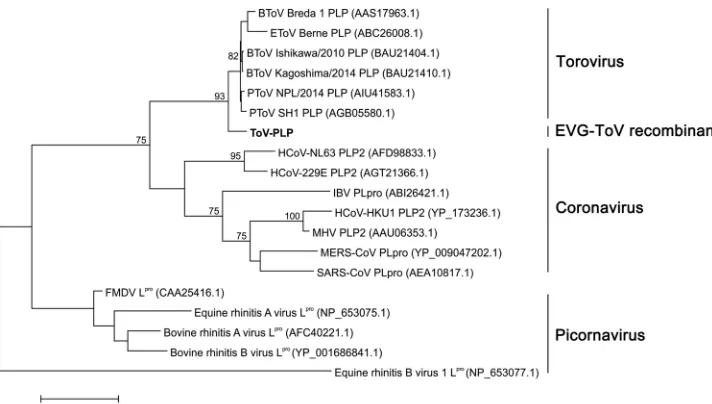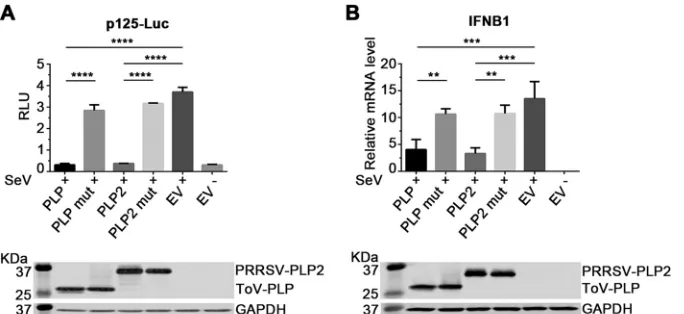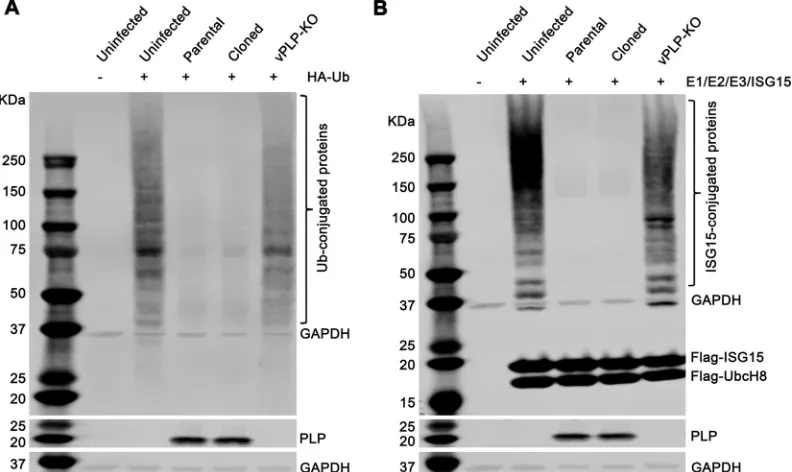A Naturally Occurring Recombinant Enterovirus Expresses a Torovirus Deubiquitinase
Full text
Figure




Related documents
therefore, result in a higher dissolution rate. Drugs in amorphous state: Poorly water soluble crystalline drugs, when in the amorphous state tend to have higher
When pCMV and pSINCP vectors were adsorbed to PLG microparticles, high titers of gag- and env-specific antibodies (peak geometric mean titers, 5,000 to 20,000) were induced with
Behaviour of structural fibre composite sandwich panels under point load and uniformly distributed
Xinguan Arawak:, see Arawak: languages, Xinguan Arawak
To determine whether Oct-1 present in cells late after in- fection with wild-type virus retained its capacity to bind to its cognate site in the DNA, aliquots containing 6 g
Analysis of the data identified several inadequate components of information practice which could severely detract from the quality of an organisation’s information including
To determine whether the C terminus of LANA1 alone is sufficient to induce KSHV oriP activity, various LANA1 deletion mutants were used in a transient DNA replication assay..
The results revealed a statis- tically significant alteration in each of the bone marrow sub- populations examined during the early premalignant period of infection with SL3





